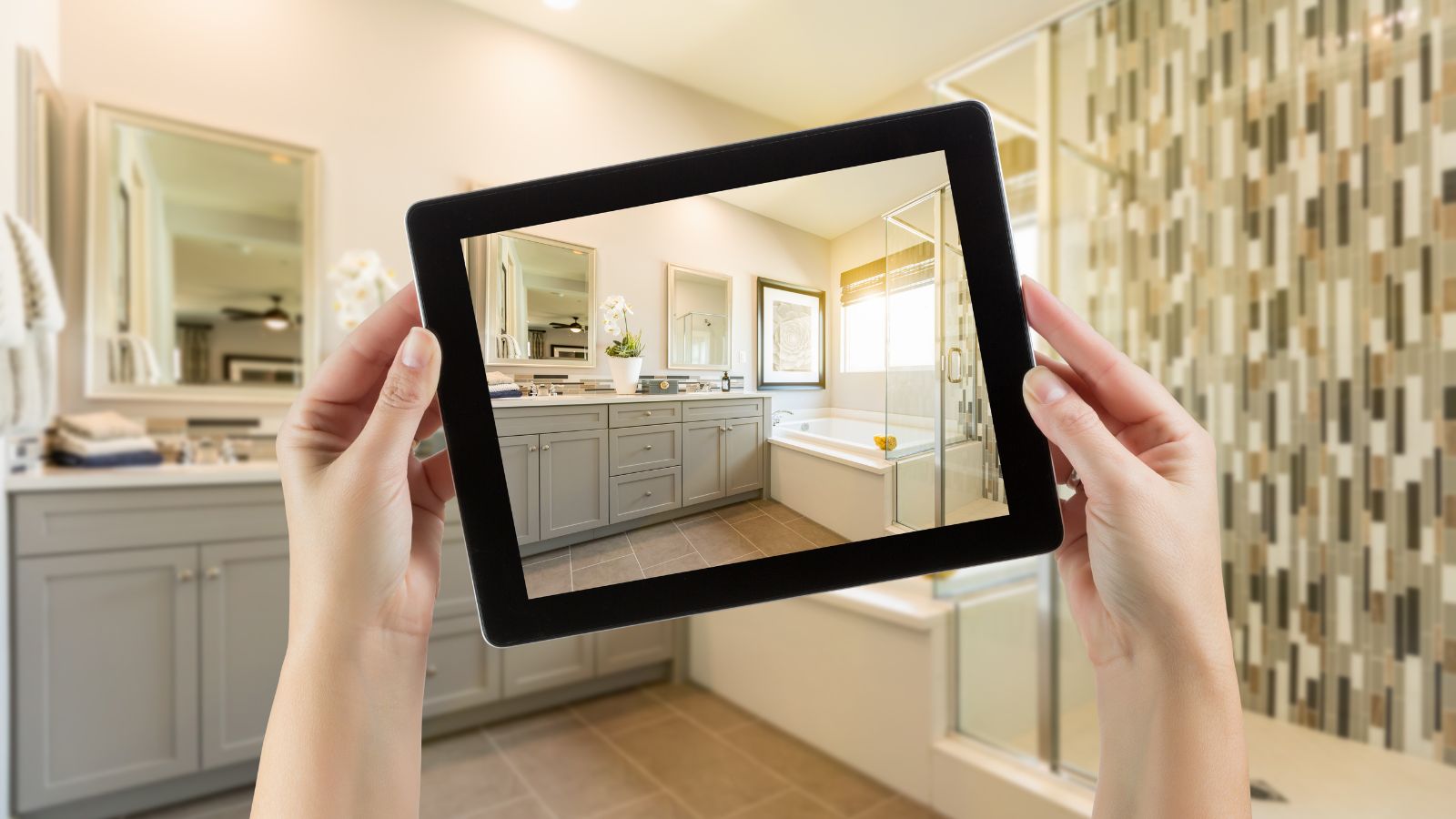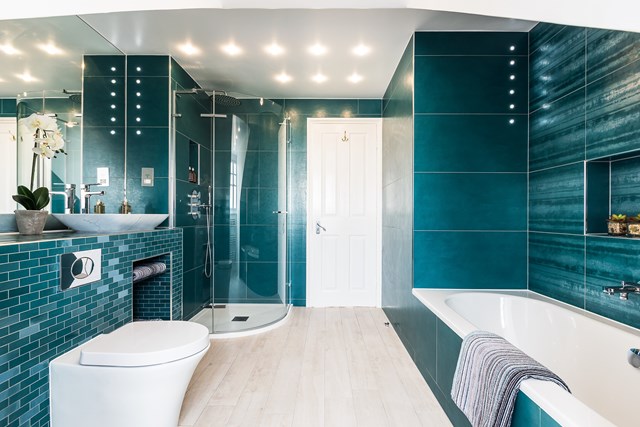Let’s talk lowe’s kitchen remodels. Specifically, kitchen remodels, and even more specifically, how Lowe’s can be a valuable partner in creating the kitchen of your dreams without completely breaking the bank. Remodeling a kitchen can feel overwhelming, but with careful planning and a little know-how, it can be a surprisingly smooth and even enjoyable process. Lowe’s offers a range of products and services that can help you navigate every step, from inspiration to installation.
Defining Your Vision: From Inspiration to Blueprint
Before you set foot in Lowe’s, spend some time defining your vision. What kind of kitchen are you dreaming of? Modern and sleek? Rustic and cozy? Transitional and timeless? Browse magazines, websites, and social media platforms for inspiration. Create a mood board with images that capture your style and desired functionality. This will serve as your guide throughout the remodeling process.
Setting a Realistic Budget: Knowing Your Limits
Kitchen remodels can range from a few thousand dollars for simple updates to tens of thousands for extensive renovations. It’s crucial to establish a realistic budget early on. Consider how much you’re willing to spend and prioritize your needs accordingly. Knowing your budget will help you make informed decisions about materials, appliances, and labor.
Measuring Up: Getting the Dimensions Right
Accurate measurements are essential for a successful kitchen remodel. Measure your existing kitchen carefully and create a detailed floor plan. This will help you determine the size and placement of cabinets, appliances, and other elements. Lowe’s offers measuring services if you’re not comfortable doing it yourself.
Cabinetry Choices: Style, Function, and Price
Cabinets are a major investment in any kitchen remodel. Lowe’s offers a wide range of cabinet styles, from stock to semi-custom to custom. Consider your budget, style preferences, and storage needs when choosing cabinets. Think about the functionality of the cabinets as well, such as pull-out drawers, spice racks, and pantry organization.
Countertop Considerations: Durability and Design
Countertops are another significant investment. Lowe’s offers a variety of countertop materials, including granite, quartz, laminate, and butcher block. Consider the durability, maintenance requirements, and aesthetic appeal of each material when making your selection.
Appliance Selection: Functionality and Efficiency
Choosing the right appliances is crucial for a functional and efficient kitchen. Consider your cooking habits and choose appliances that meet your needs. Lowe’s offers a wide range of appliances from top brands, including refrigerators, ovens, cooktops, dishwashers, and microwaves. Look for energy-efficient models to save money on your utility bills.
Sink and Faucet Selection: Style and Practicality
The sink and faucet are often overlooked, but they play a significant role in the functionality of your kitchen. Consider the size and style of the sink and choose a faucet that complements it. Lowe’s offers a variety of sink and faucet options, from stainless steel to farmhouse style.
Lighting the Way: Function and Ambiance
Proper lighting is essential in a kitchen. Layer your lighting to create a well-lit and inviting space. Incorporate task lighting, such as under-cabinet lights, for food preparation areas, and ambient lighting for overall illumination. Pendant lights over the island or dining area can add a touch of style.
Flooring Options: Durability and Style
The flooring in your kitchen should be durable, water-resistant, and easy to clean. Lowe’s offers a variety of flooring options, including tile, hardwood, laminate, and vinyl. Consider the style of your kitchen and choose flooring that complements it.
Backsplash Ideas: Adding a Touch of Personality
The backsplash is a great way to add a touch of personality to your kitchen. Lowe’s offers a wide range of backsplash materials, including tile, stone, and glass. Choose a backsplash that complements your countertops and cabinets.
DIY vs. Professional Installation: Knowing Your Limits
Some aspects of a kitchen remodel, like painting and installing hardware, can be tackled as DIY projects. However, other tasks, such as plumbing and electrical work, should always be handled by licensed professionals. Lowe’s offers installation services for many of their products, which can be a convenient option for those who prefer not to DIY.
Working with Lowe’s Designers: Expert Guidance
Lowe’s offers kitchen design services to help you create the kitchen of your dreams. Their designers can work with you to develop a plan, choose materials, and manage the project. This can be a valuable resource, especially if you’re feeling overwhelmed by the process.
Financing Options: Making it Affordable
Lowe’s offers financing options to help you pay for your kitchen remodel. These options can make it more affordable to get the kitchen you’ve always wanted. However, it’s important to read the terms and conditions carefully before applying for financing.
Managing the Project: Staying on Track
Lowe’s kitchen remodels can be a complex project, so it’s important to stay organized and manage the process effectively. Create a timeline for the project and track your progress. Communicate regularly with







